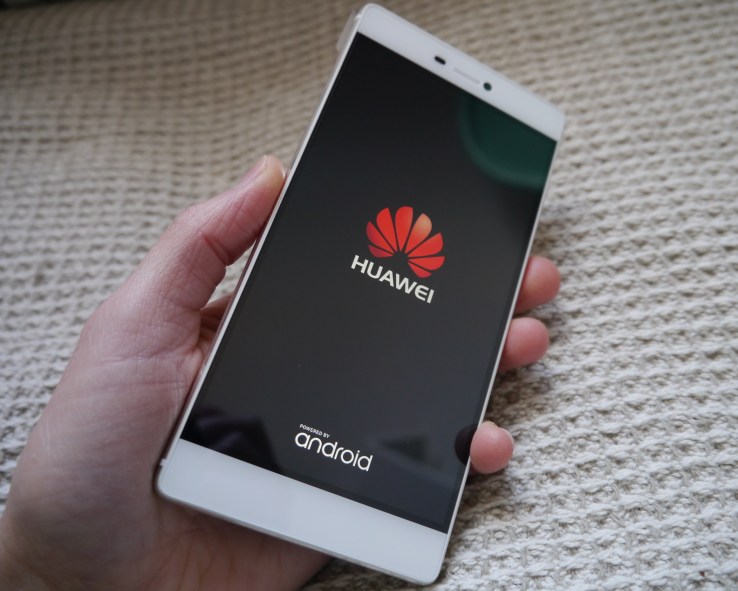
Global smartphone sales in Q4 2015 experienced their slowest growth rate since 2008, according to Gartner’s latest market report. The quarter saw sales of Apple’s iPhone decline for the first time, with the analyst charting a 4.4 per cent decline on the year before quarter for Cupertino.
Samsung and Huawei were the only top five smartphone vendors to boost their share, although the South Korean mobile maker only saw a small uplift, growing from a 19.9 per cent share in Q4 2014 to 20.7 per cent in Q5 2015.
Huawei achieved the best performance year over year — growing 53 per cent, and rising from a 5.7 per cent marketshare in Q4 2015 to 8.0 per cent in Q4 2015. Gartner chalks this up to increased brand visibility overseas for the Chinese mobile maker.
The analyst pegs Android’s marketshare at 80.7 per cent for the quarter, up from 76 per cent in the year ago quarter with Google’s mobile OS benefitting for increasing demand for affordable smartphones.

By contrast, Apple’s iOS shrank its share from 20.4 per cent in Q4 2014 to 17.7 per cent in Q4 2015. Although Cupertino still managed to narrow the market share gap between it and premium smartphone maker rival Samsung over full year 2015.
Meanwhile Windows, mobile’s ex-platform, dwindled to just a 1.1 per cent global share in the holiday 2015 quarter.
The top five smartphone brands for marketshare are Samsung, Apple, Huawei, Lenovo and Xiaomi. Collectively the three top Chinese mobile makers took a 17 per cent share of the market in Q4 last year, up from 16.5 per cent in the year ago quarter (although almost all of the growth came from Huawei).

What growth there is left in the smartphone market is mainly coming from emerging markets. And Gartner is expecting this trend to become more marked in the coming years.
It also expects Chinese OEMs to continue to gain share this year, noting they are well positioned to serve emerging market demand for mid-range and low-end smartphones thanks to manufacturing cost advantages.
“During the next five years we expect growth in the smartphone market to come mostly from emerging markets. Basic and lower-end smartphones will account for two-thirds of smartphone sales by 2019; in the same year, only 20 per cent of smartphone sales will come from mature markets,” notes analyst Roberta Cozza in a statement.
How Apple responds to this ongoing shift to the lower end is going to be interesting, given that it’s started seeing iPhone sales growth hit a wall. Either it finally makes a truly low cost iPhone, or else it figures out how to convince more of Samsung’s premium buyers to switch from Android to iOS.
Gartner’s view is that going forward mobile makers have opportunities to penetrate lower tier segments in regions such as emerging Asia/Pacific and EMEA, capitalizing on the remaining shift from feature phones to smartphones.
“We have witnessed Indian and Chinese players within these regions — such as, Micromax, Xiaomi, Huawei, Intex, Oppo and BBK Electronics — benefit from increased demand for affordable smartphones,” notes Cozza.
The world’s biggest mobile-focused tradeshow kicks off next week in Barcelona. New flagship smartphones are expected to be unboxed at Mobile World Congress, including from Samsung, LG, Huawei and Xiaomi, albeit it looks like it’s the less flashy device launches that will actually be fueling smartphone market growth in 2016.
While affordability is a key engine of the remaining smartphone market growth, Gartner also views channel strategy and knowledge of local consumer market dynamics becoming increasingly important — as a consequence of what the analyst dubs the “highly commoditized” Android market.
In other words, Android OEMs will need to work very hard to differentiate their hardware from each other, and partnering with local brands/companies is one strategy to stand out, as Cozza notes: “Partnerships with local developers and content providers will also be increasingly important in differentiating offerings.”
Interestingly it is also the strategy being adopted by Android alternative mobile startup Jolla, which makes the Sailfish OS, and which has been seeking to spread the reach of its open mobile platform by forging links with local brands in emerging markets. However, pushing any alternative to such a dominant platform as Android remains a Sisyphean challenge.


Comments are closed.